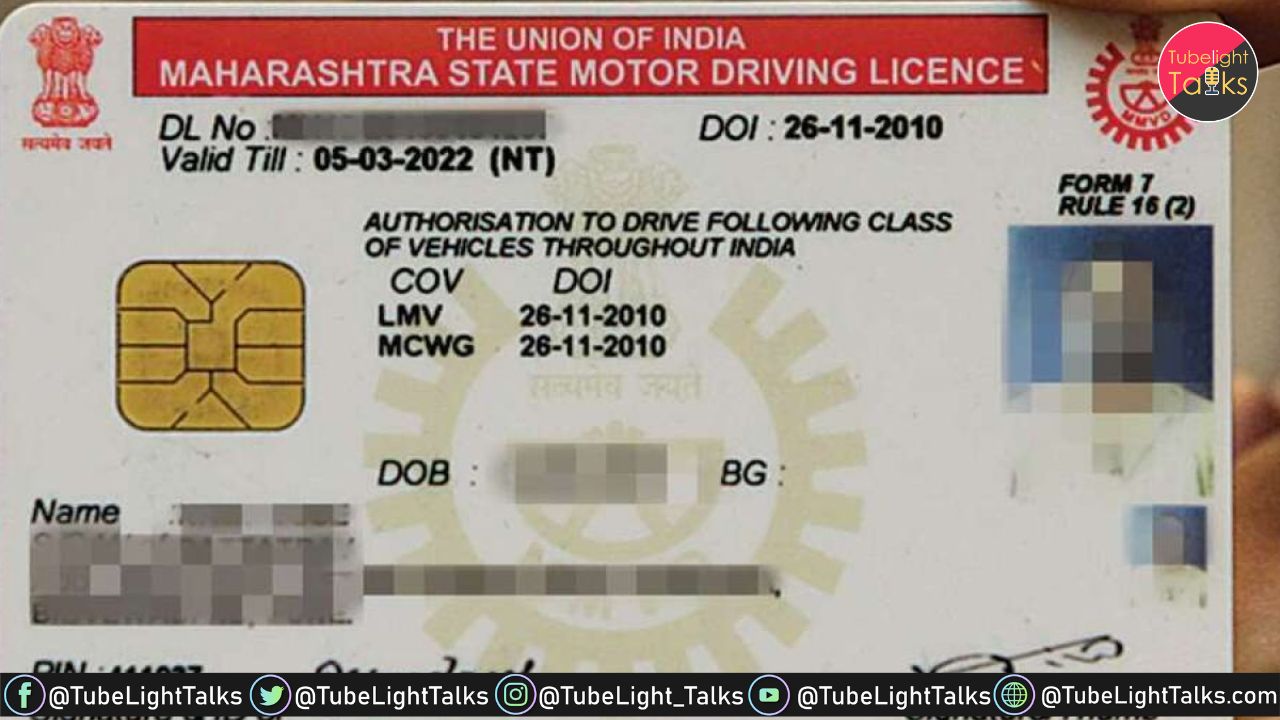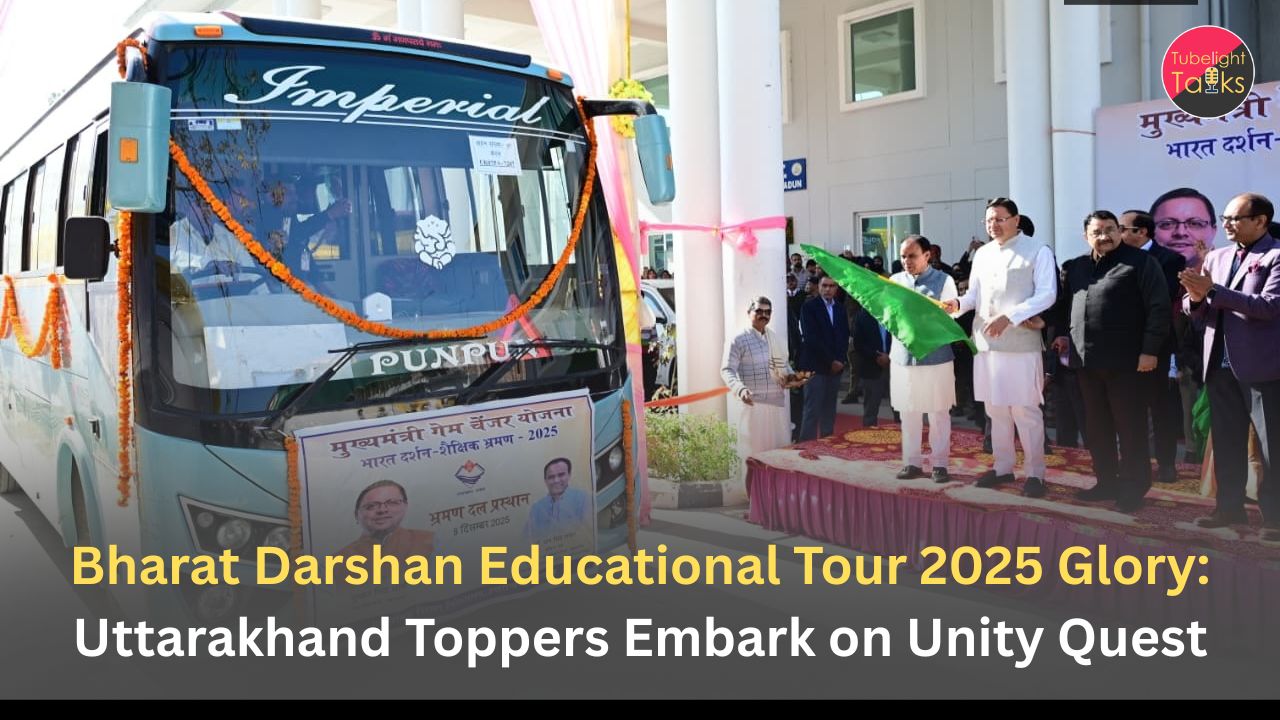The Indian government has announced changes to the rules for obtaining a driving licence which will be effective from * 1 june 2024* and A turning point in driving involution.
The need for changes in the driving license test rules in India was driven by several factors:
- Improving Driver Training :- The new rules aim to address the lack of skilled drivers by setting higher standards for driver education and training.
- Streamlining Processes: – To make the licensing process more efficient and reduce the burden on government offices, particularly the Regional Transport Offices (RTOs).
- Enhancing Road Safety:- By ensuring that drivers are better trained, the government hopes to reduce the rising number of road accidents.
- Promoting Environmental Sustainability :- The phasing out of old vehicles and stricter emissions regulations are steps towards reducing pollution and promoting cleaner air.
- Adopting Modern Technology:- Incorporating information technology systems and biometrics into the licensing process to modernize it and improve security.
- Addressing Administrative Challenges :-The changes are also a response to administrative challenges, such as overburdened RTOs and the need for more efficient data management .
Rules for driving license people :-
Here are the key points of the new regulations:
- Private Institutions :- The driving test will no longer be conducted at government Regional Transport Offices (RTOs). Instead, private institutions are now authorized to conduct tests and issue certificates .
- Land Requirements : Private driving training centers must have at least 1 acre of land, with an additional 2 acres required for 4-wheeler motor training.
- Trainer Qualifications: Trainers should have a minimum high school diploma and at least 5 years of driving experience. They should also be knowledgeable in biometrics and information technology systems.
- Training Period: The training for light vehicles must be completed over 4 weeks, with a minimum of 29 hours, including 8 hours of theory and 21 hours of practical. For heavy motor vehicles, the training will be 38 hours over 6 weeks, including 8 hours of theory and 31 hours of practical.
- Fees : The fees for different types of driving licenses are as follows – Learner License: Rs 200, Learner License Renewal: Rs 200, International license: Rs 1000, Permanent license: Rs 200.
- Application Process :-Applicants can apply for a driver’s license online or offline. After filling out the application form and uploading the necessary documents, they must visit the RTO to submit the required documents and provide proof of their driving skills.
These changes aim to ensure that private driving training centers maintain high standards for drivers of both light and heavy vehicles. For more detailed information or to apply for a driver’s license, you can visit the official portal
In 2024, the process of acquiring a driving license in India has seen some significant updates to enhance road safety and streamline the application process.
The need for changes in the driving license test rules in India was driven by several factors:
- Improving Driver Training:- The new rules aim to address the lack of skilled drivers by setting higher standards for driver education and training.
- Streamlining Processes:-To make the licensing process more efficient and reduce the burden on government offices, particularly the Regional Transport Offices (RTOs).
- Enhancing Road Safety:-By ensuring that drivers are better trained, the government hopes to reduce the rising number of road accidents.
- Promoting Environmental Sustainability:-The phasing out of old vehicles and stricter emissions regulations are steps towards reducing pollution and promoting cleaner air.
- Adopting Modern Technology:- Incorporating information technology systems and biometrics into the licensing process to modernize it and improve security.
- Addressing Administrative Challenges:- The changes are also a response to administrative challenges, such as overburdened RTOs and the need for more efficient data management.
The new driving license test rules are beneficial for the government in several ways:
- Reduced Administrative Burden:- By involving private institutions, the government can reduce the workload on RTOs, leading to more efficient operations.
- Improved Compliance:- Streamlined processes can lead to better compliance with driving regulations and standards.
- Cost Savings:- With private centers handling tests, the government can save on resources and costs associated with conducting driving tests.
- Data Management: – Modernized systems with IT and biometrics can improve data management and security.
- Environmental Impact :-The phasing out of old vehicles aligns with environmental policies and can contribute to a reduction in pollution.
- Policy Implementation:- Easier implementation of new policies and regulations through private training centers.
- Public Safety:- Better-trained drivers can result in safer roads, which is a primary concern for the government.
The amended driving license test rules are generally seen as a positive change for society. Here’s a breakdown of their impact:-
- The changes include authorization of private training centers, enhanced trainer qualifications, and the elimination of the RTO test requirement.
- These rules are implemented through legislative amendments and collaboration with private entities.
- The changes apply across India, with potential variations in implementation based on state-specific guidelines.
- The amendments aim to improve road safety, reduce bureaucratic hurdles, and modernize the driving license acquisition process.
- The impact of these changes will be ongoing, with continuous monitoring and potential future adjustments based on their effectiveness.
- Overall, the amendments are designed to benefit the social fabric by promoting safer driving practices and making the licensing process more accessible and efficient.
The recent changes in the driving license test rules were introduced for several reasons, aiming to improve the overall process and quality of driver education. Here are the key reasons for the changes:
- Enhancing Quality of Training:- By setting standards for trainers and training facilities, the government aims to ensure that drivers are better educated and skilled.
- Reducing Burden on RTOs:- Authorizing private institutions to conduct tests and issue certificates is expected to reduce the workload on Regional Transport Offices (RTOs) and improve efficiency.
- Improving Accessibility:- The involvement of private institutions can make it easier for applicants to access driving tests, especially in areas where RTOs are overloaded or far away.
- Addressing Environmental Concerns:- Phasing out over 900,000 old vehicles and introducing stricter emissions regulations are steps towards reducing pollution and promoting environmental sustainability.
- Adopting Modern Technologies:-Requiring trainers to be familiar with information technology systems and biometrics is part of modernizing the licensing process.
- Streamlining the Process:-The changes are designed to make the process of obtaining a driving license more streamlined and user-friendly.
Conclusions:- key points
- Eligibility Criteria. Applicants must be at least 18 years old for a private vehicle license and 20 years old for a commercial vehicle license. A learner’s license is required for at least 30 days before applying for a permanent license.
- Learner’s License: The journey begins with obtaining a learner’s license, which involves a written test on traffic rules and regulations.
- Practical Training: After passing the written test, applicants must undertake practical training with a registered driving school or a qualified trainer.
- Driving Test: Previously, a driving test at the RTO was mandatory. However, new rules introduced in 2024 allow authorized driver training centers to issue licenses to individuals who complete their training successfully, eliminating the need for a separate driving test.
- Online Services: The Parivahan portal plays a crucial role in the application process, offering online services for learner’s license applications, driving license applications, and tracking the application status.
These changes aim to make the process more accessible and efficient for applicants, ensuring that they are well-prepared for safe driving on the roads. Remember, while the process may be simplified, the responsibility of driving safely and adhering to traffic rules remains paramount.










